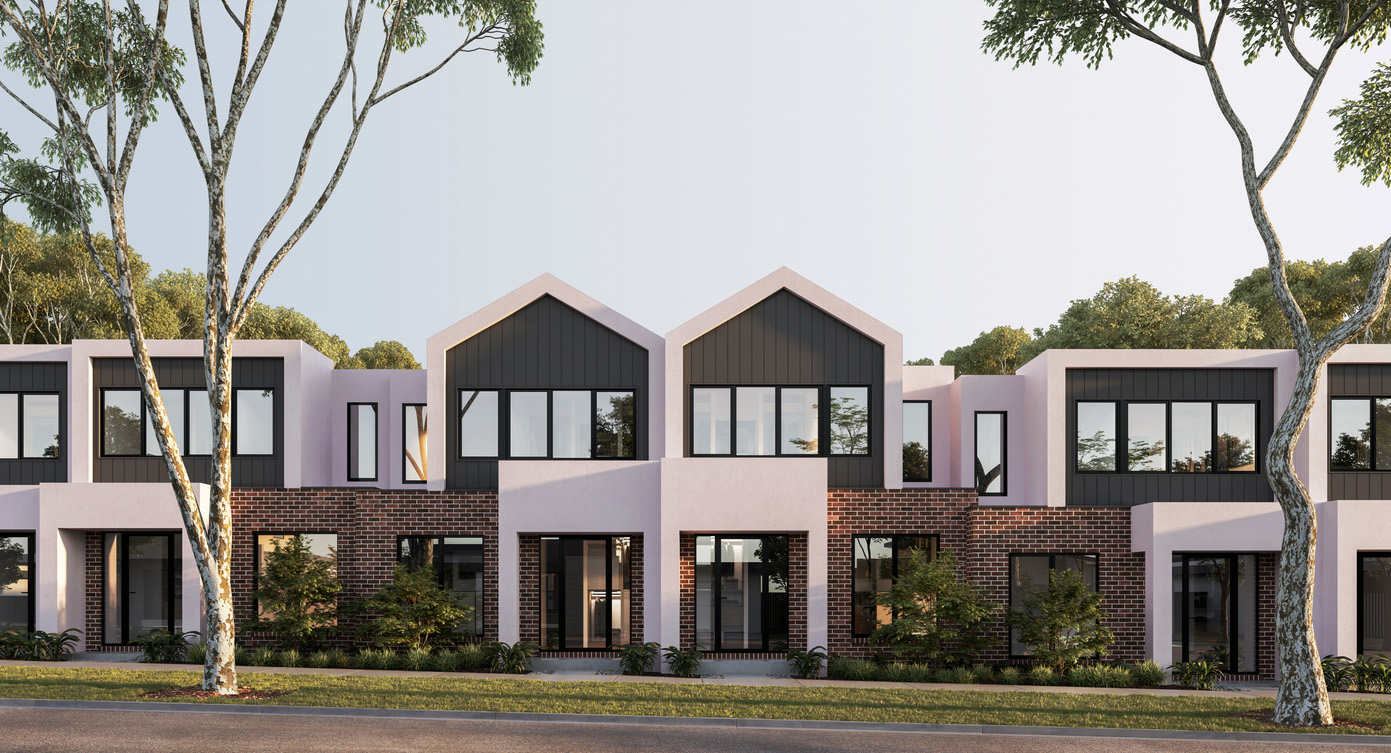Understanding Low E Glass: Hard Coat vs Soft Coat
As energy costs continue to rise and the demand for efficient, comfortable living spaces grows, choosing the right glass for windows and facades has never been more important. Low E (low emissivity) glass plays a key role in energy efficient building design – but not all Low E glass is created equal. Let’s break it down.
What Is Low E Glass?
Standard glass is a poor insulator, allowing high levels of heat to transfer from where it’s hot, to where it’s not. Low E glass addresses this problem by using a microscopically thin, metal-based coating that reduces the rate of heat transfer.
Originally developed for cold climates, early Low E coatings improved insulation by allowing solar heat in and keeping it trapped inside. However, in warmer climates – or on sun-exposed elevations – this can lead to overheating. To solve this, modern Low E coatings also include solar control versions that reflect infrared radiation (the part of sunlight responsible for most heat) before it enters the building.
Types of Low E Glass Coatings
Low E coatings are applied using two primary technologies: hard coat (pyrolytic) and soft coat (sputtered). Each has its own advantages and considerations.
Hard Coat (Pyrolytic) Low E Glass
- How It’s Made: The coating is applied during the float glass manufacturing process while the glass is still forming. A chemical vapor is sprayed onto the surface, bonding the coating into the glass and forming a tough, durable finish.
- Benefits: Tough, easy to handle and process, long-lasting, and suitable for single glazing applications.
- Considerations: Coatings can be quite thick which can produce slight haze under certain lighting and angular conditions.
- Product Range:
- EnergyTech™
- ComfortPlus™
- SolTech™
- EVantage™
Soft Coat (Sputtered) Low E Glass
- How It’s Made: The coating is applied to manufactured glass using a vacuum deposition process called sputtering. Glass panels enter vacuum chambers, within which specific metal elements are bombarded with electrons that displace the metal particles, which “sputter” onto the glass surface. Multiple ultra-thin layers can be added to achieve specific performance characteristics such as levels of emissivity, colour, and reflectivity.
- Benefits: Wide range of performance and aesthetic options. Delivers significantly better insulation – U Values are far superior compared to hard coat products. The thinner coatings help eliminate haze effects, resulting in clearer views. Different coatings offer a range of solar control capabilities, but all provide excellent insulation qualities. They are an ideal choice for energy efficient buildings in both warm and cool environments, using double or triple glazing.
- Considerations: The coatings can be delicate and should be minimally handled. Due to the risk of oxidisation, they must be sealed promptly within a double or triple glazed unit for protection. These coatings also have a limited shelf life from the time of manufacture to final assembly.
- Product Range:
- Viridian ClimaTech™
- LightBridge™
- LightBridge next™
- PerformaTech™
Quick Comparison
- Durability: Hard coat is more robust and can be used in exposed single glazed applications. Soft coat needs to be carefully handled and sealed within an insulated glass unit.
- Thermal Performance: Soft coat offers better insulation, making it ideal for maximum energy efficiency.
- Clarity: Soft coat provides clearer views with higher light transmission. Hard coat may show haze under certain lighting conditions.
- Cost: Hard coat is usually more economical, soft coat is a superior option with a much higher range of energy efficient performance benefits.
Which One Should You Choose?
-
Hard Coat Low E: Ideal for projects where durability, cost, and ease of processing are priorities – such as single glazing or exposed applications.
-
Soft Coat Low E: Best suited for projects focused on energy efficiency, thermal comfort, and visual clarity – especially for high performance insulated glazing specifications. Soft coatings are ideal for both hot and cold climates, as some versions (with low SHGC) can effectively reflect unwanted solar heat in warmer regions, while other versions (with high SHGC) allow winter sun in colder climates. All retain excellent insulation with low U Values. The range of available coatings can be matched to suit any climate or elevation requirements.
Explore Viridian’s Low E Solutions
Viridian offers a wide range of Low E glass solutions to suit residential and commercial applications. Whether you’re seeking comfort, sustainability, or design flexibility, there’s a Viridian product ready to meet your needs. Explore the Energy Range now at viridianglass.com/products/
